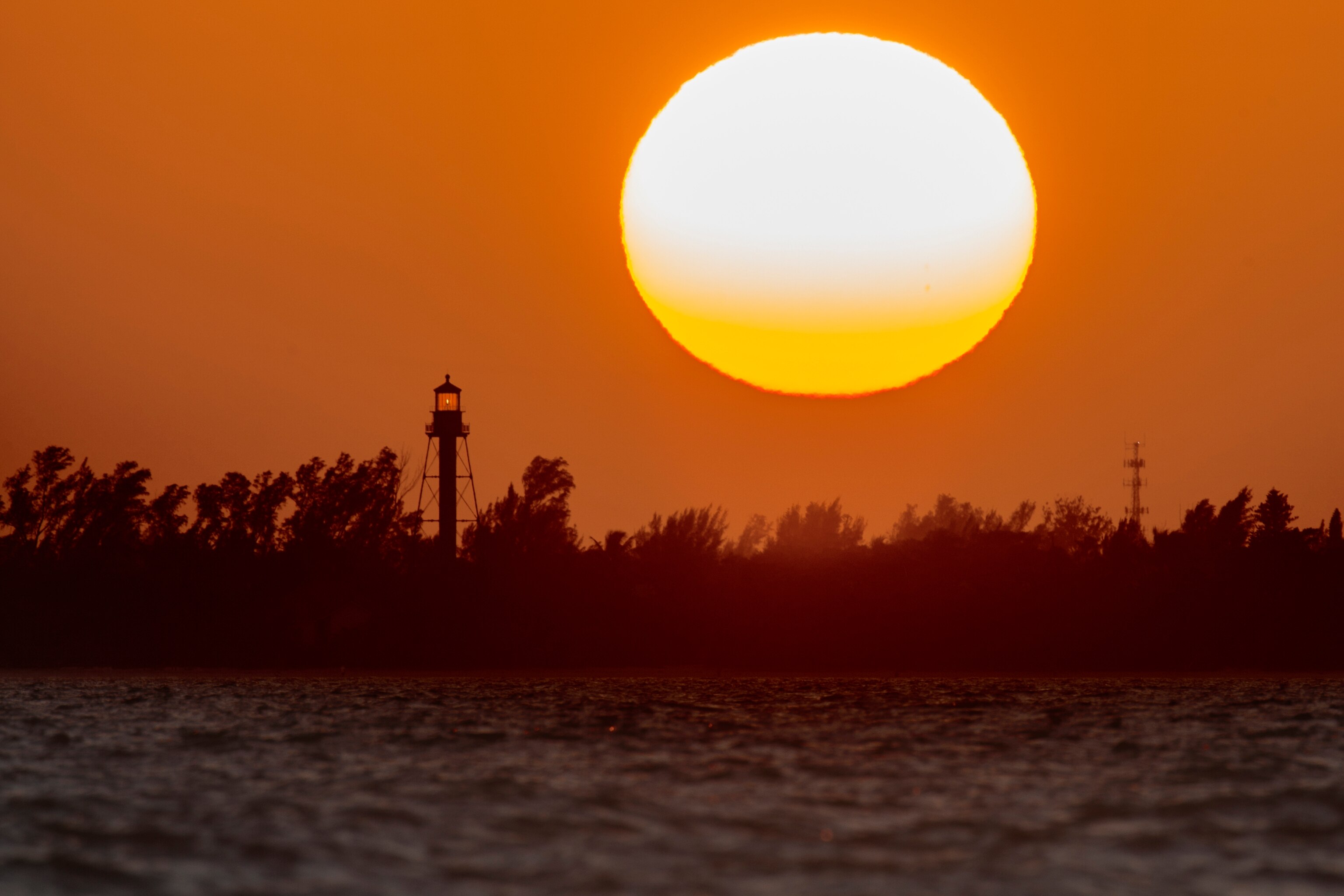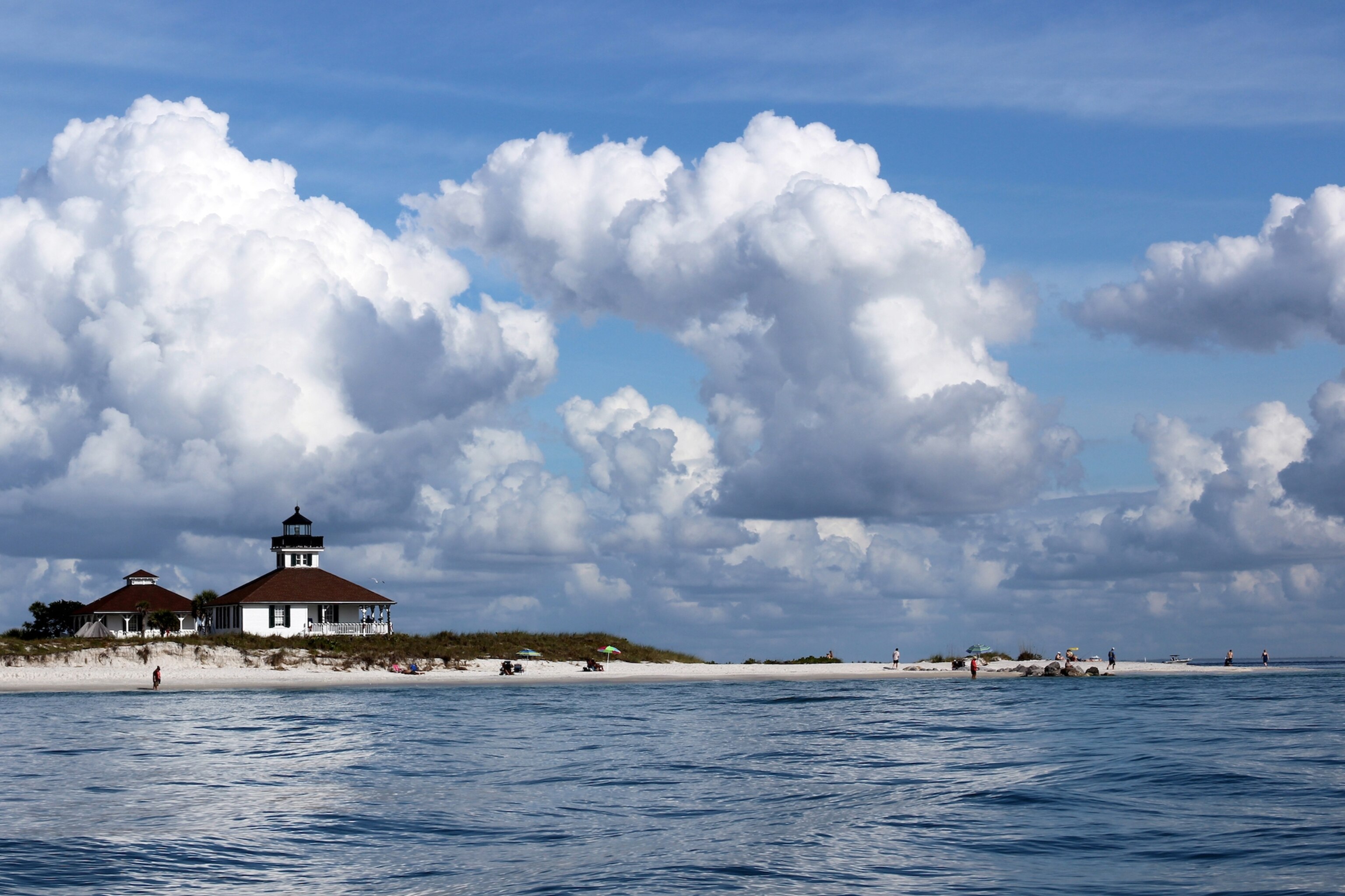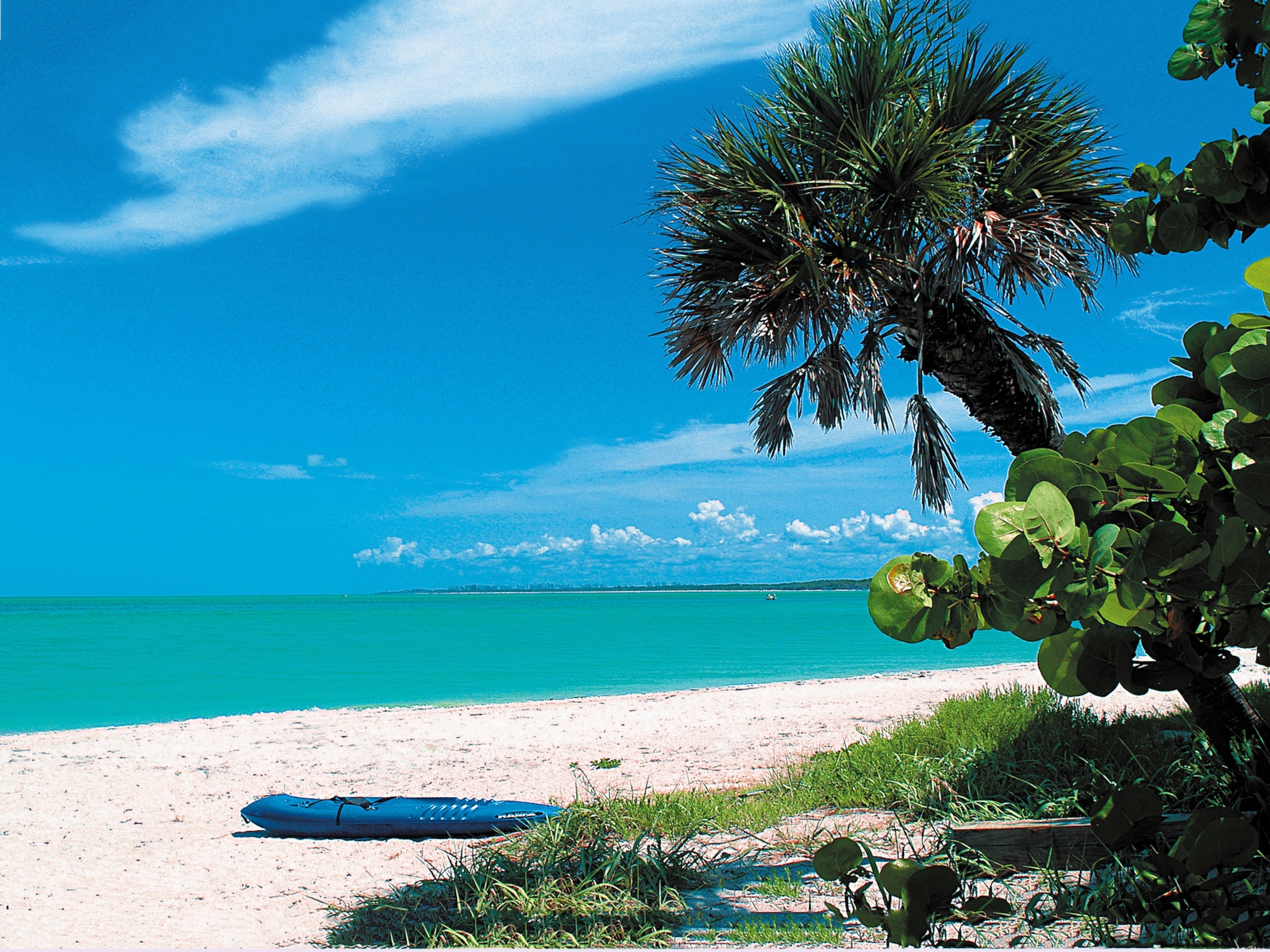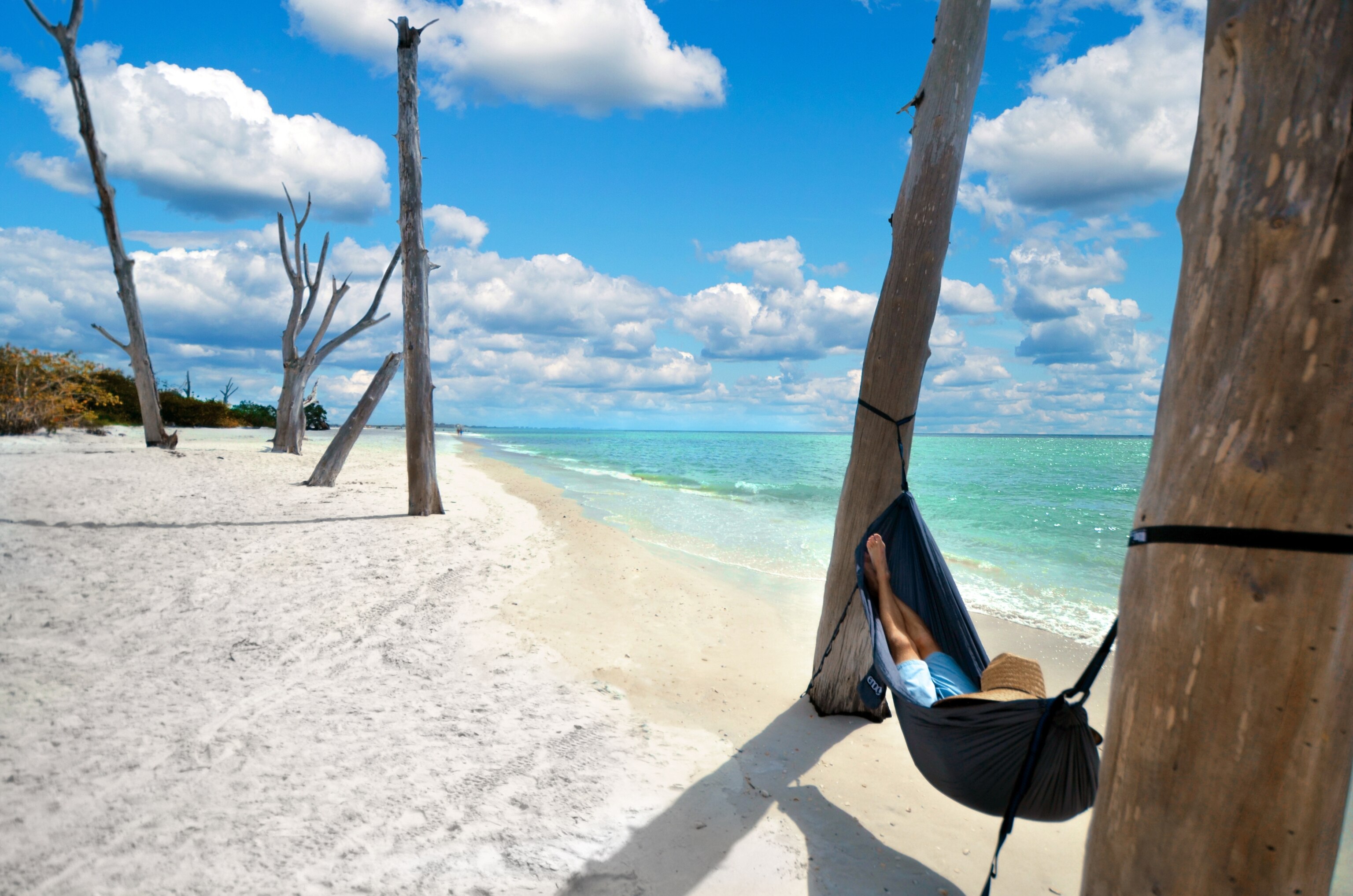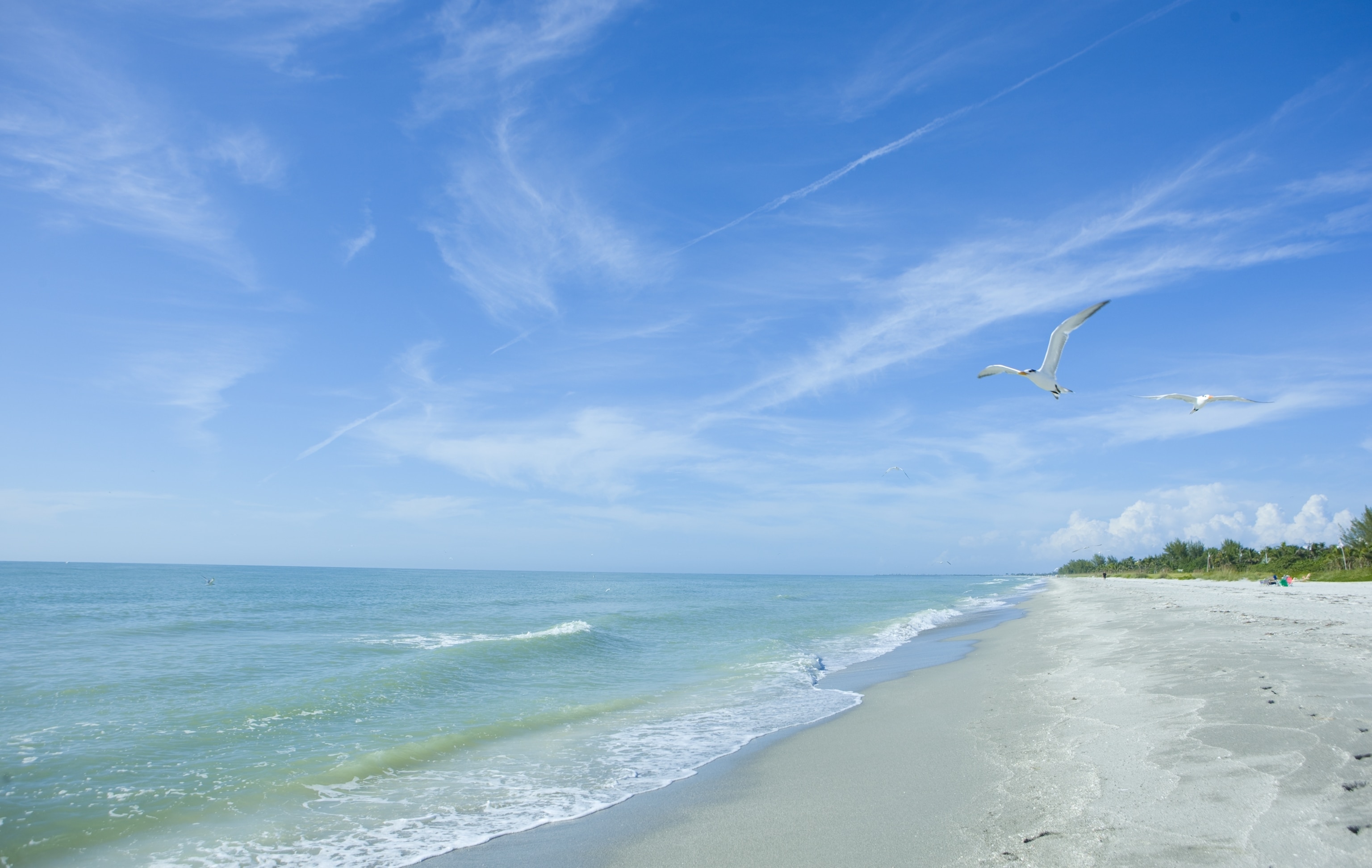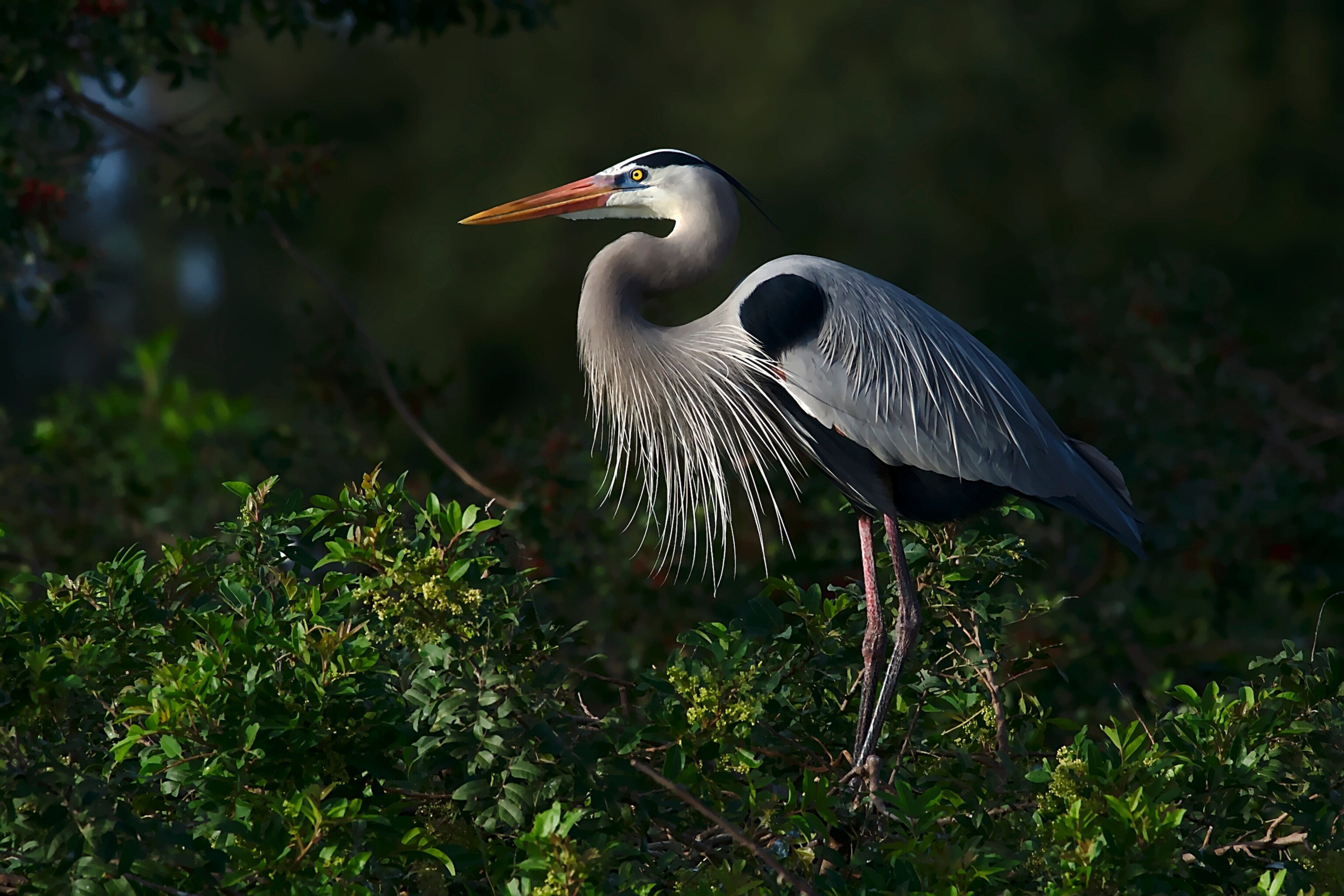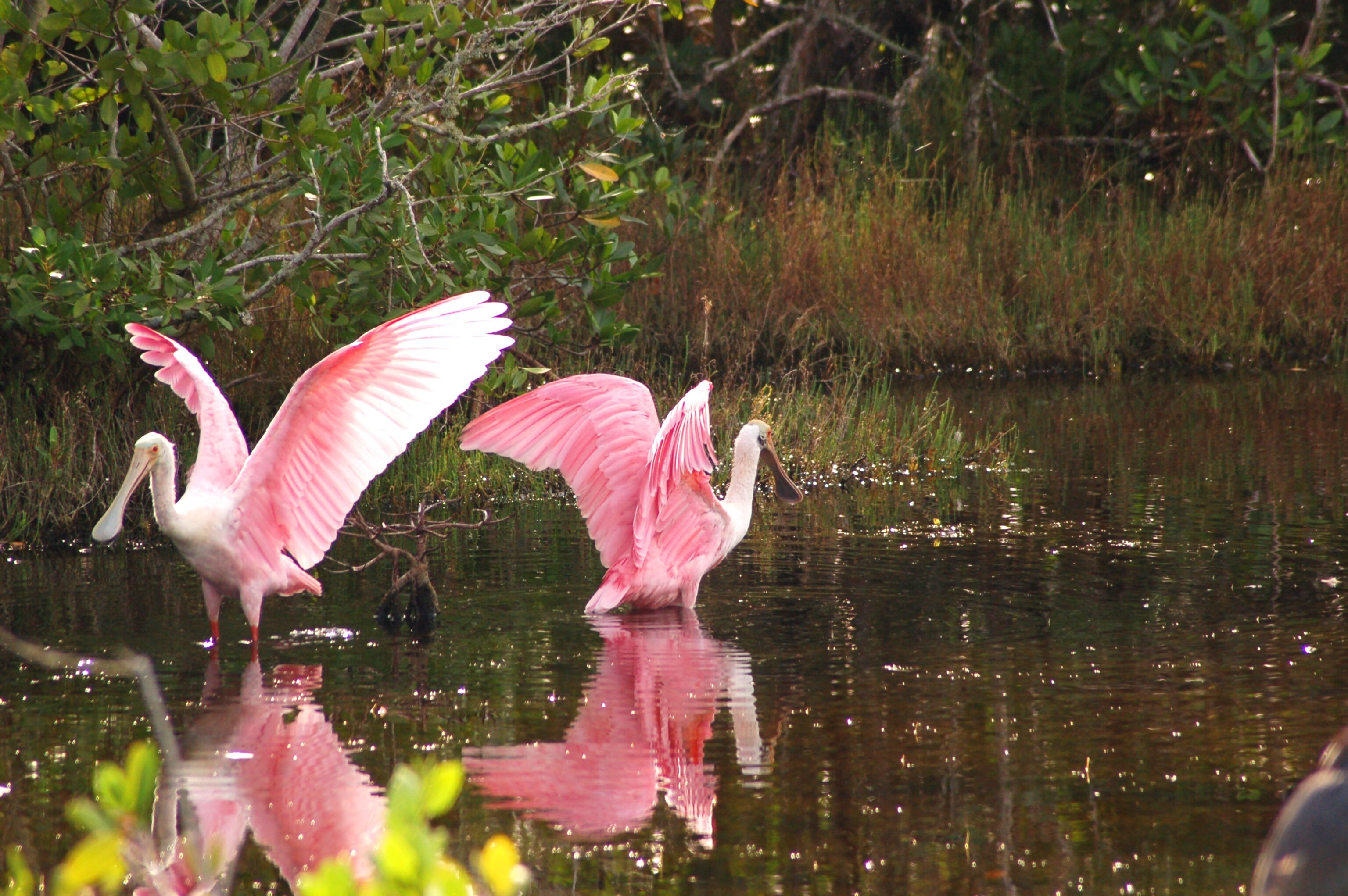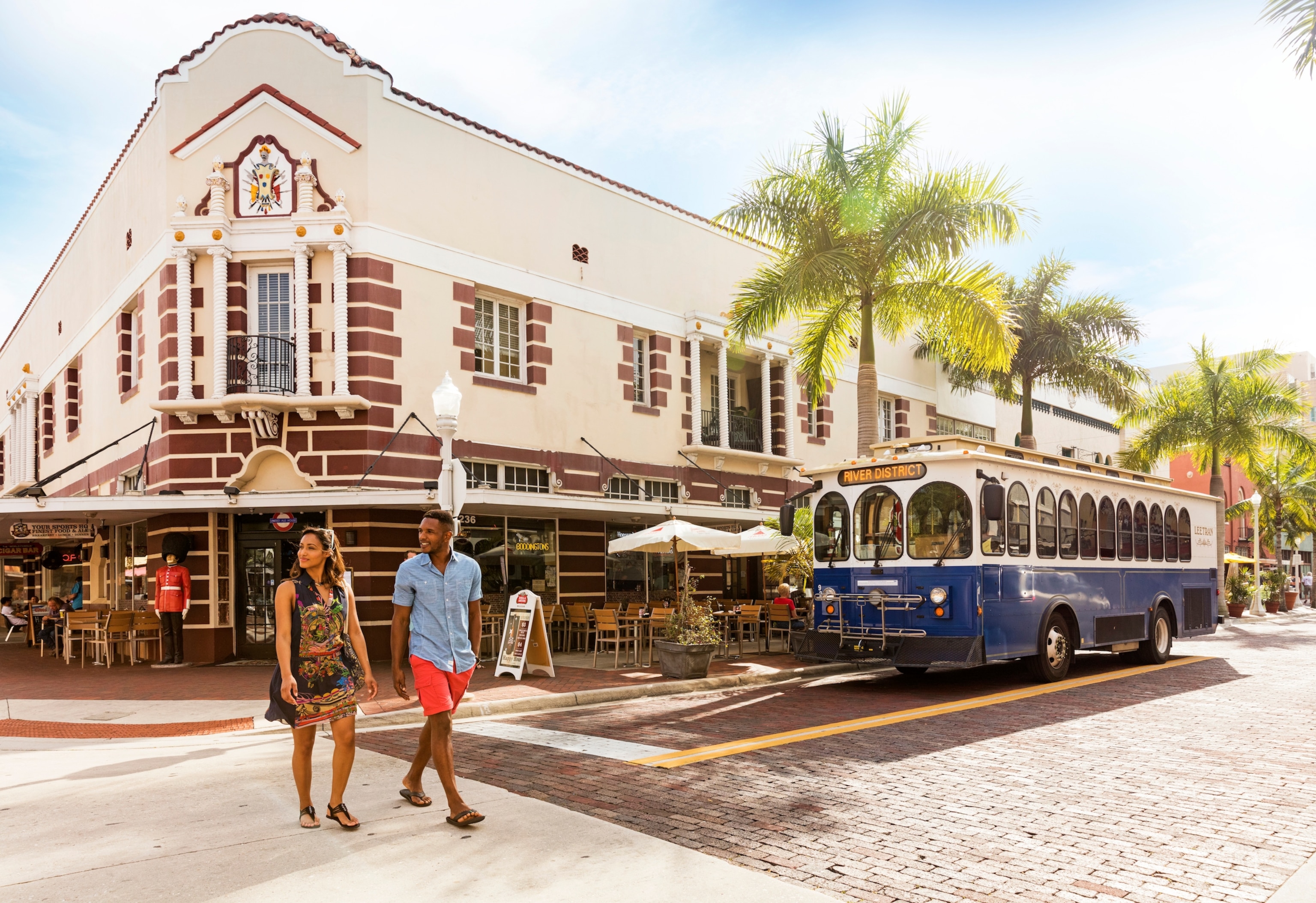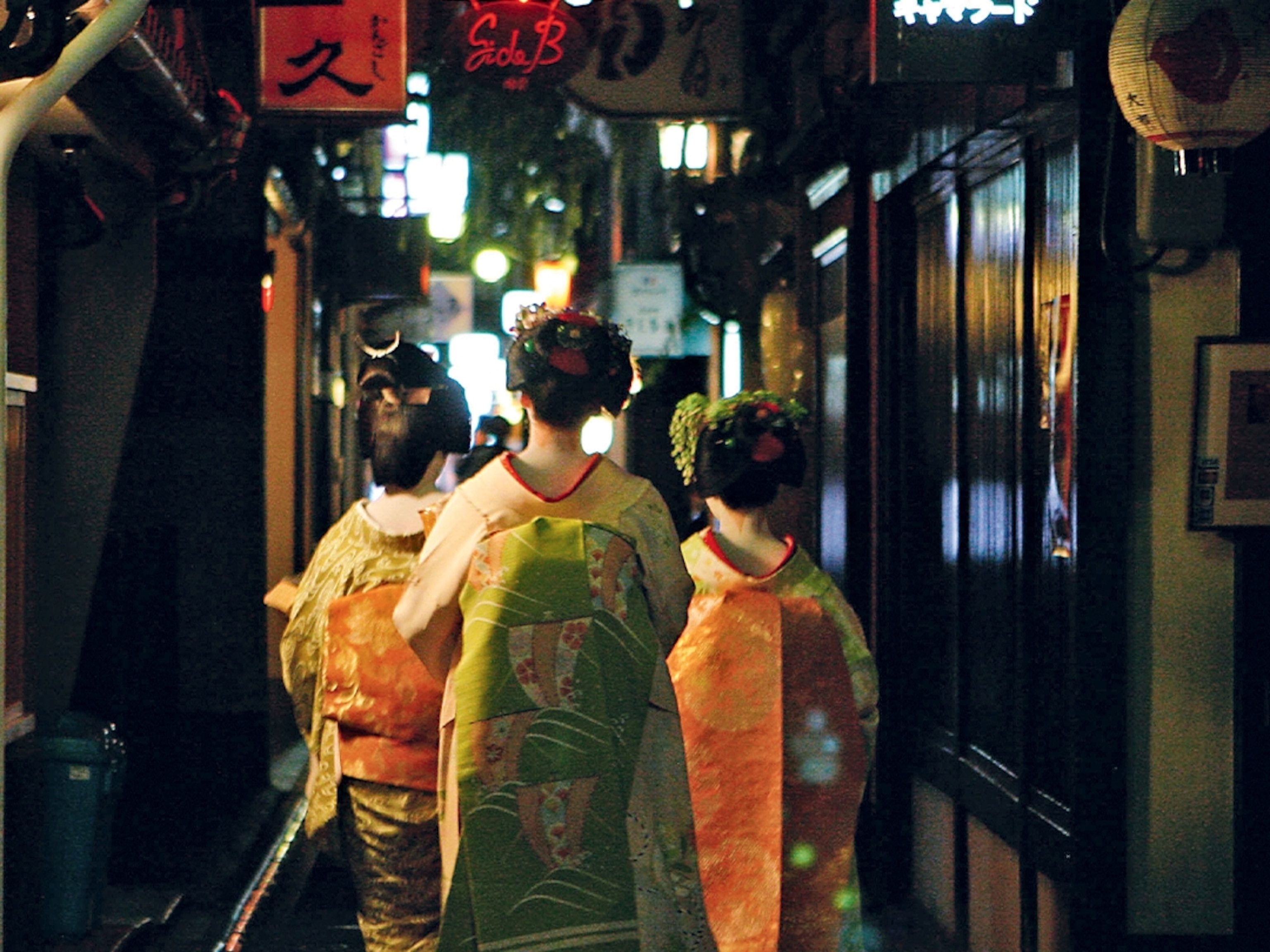Top 10 Places to Photograph Near The Beaches of Fort Myers & Sanibel
Natural spaces and historic places make Florida’s southwest Gulf coast a picture-perfect destination.
Escape to a secluded stretch of sugar-white sand, experience epic sunsets, and explore some of the nation’s top shelling and birding locations near The Beaches of Fort Myers & Sanibel. Located just north of Naples on Florida’s southwest coast, historic Fort Myers gained fame as the winter home of legendary figures, such as Thomas Edison and Henry Ford. Today, the vibrant city along the Caloosahatchee River is the spring training home of Major League Baseball’s Boston Red Sox and Minnesota Twins, and is the gateway to a chain of idyllic barrier islands.
Causeways connect mainland Fort Myers to Gulf islands, such as Sanibel and neighboring Captiva. Strict zoning laws (no high-rises, billboards or chain restaurants are allowed) preserve Sanibel’s blissfully low-key and local vibe. And, an atypical east-west orientation (most Florida barrier islands run north-south) helps keep Sanibel’s 14 miles of beaches awash with the island’s most famous attraction, an abundance of sea shells.
Fort Myers and Sanibel are dream destinations for photographers and Instagrammers. Pristine natural spaces such as the J.N. "Ding" Darling National Wildlife Refuge and remote Cayo Costa State Park are teeming with birds and other wildlife. Unspoiled settings, such as mangrove swamps, pine forests, and shimmering blue-green waters, are within easy reach by car, ferry, bike or beach walk. Fort Myers’ downtown River District boasts visually appealing backdrops like original brick streets and historic buildings.
Whether you capture images with a smartphone or a long telephoto lens, your perfect shot awaits on The Beaches of Fort Myers and Sanibel. To help you get started, we’ve created a Top 10 list of places to photograph during your stay. Get inspired, grab your gear, and come on down.
- National Geographic Expeditions

